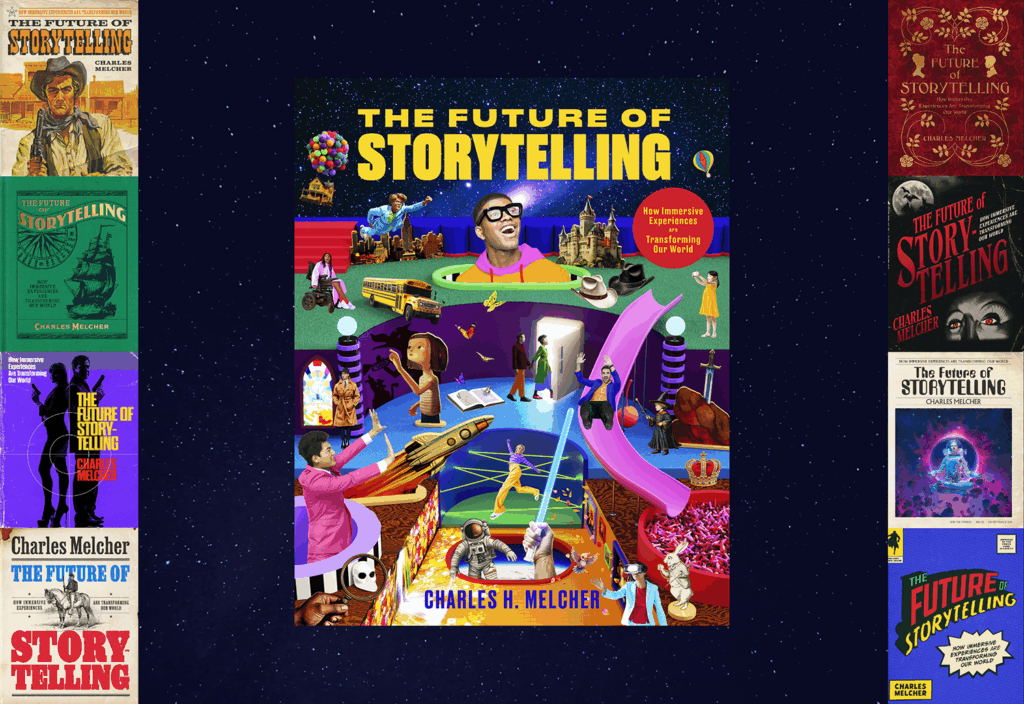You surf MySpace and in between the barrage of dating offers placed ever so conveniently that you stand a good chance of accidentally clicking, you come across a banner that those in the direct marketing space know all too well. You don’t even look that closely at it because you know what it entails. The banner wants you; it wants to interact with you. More correctly, it wants you to interact with it. Can you shoot the terrorist? Can you capture the fly, the bear, the stinky underwear? Millions will daily, and some percentage of them will help a company earn money.
Thinking of a company like LowerMyBills, one of the earliest and most successful direct marketing companies, they mastered the process. Let’s look at just their display ad business. In some years, they purchased more impressions than many ad networks did, but none of their ads paid them on an impression basis. None of their ads paid them on a click basis either. LowerMyBills only made money if a user not only clicked the ad but also filled out a muti-page form. It might sound like a simple proposition, but it takes multiple competencies relying on each other, that often act independent of one another. For example, they have a media buying team that focuses relentlessly on finding places to run their ads online. They need to buy the most media for the least amount and make sure that it converts. Their conterparts, need to find buyers for all the leads the media guys generate, and they need to sell them at the highest price possible. In the middle you have the designers who have their own pressures to create the next winning ad that has the power to lower the effective cost of media by getting more people to click. A few basis points could almost double performance for certain spots.
LowerMyBills knows how to attract users and turn data into revenue. You might think of them as a mortgage lead generation, but the principals that contribute to their success underlie almost all of the direct marketing we see online. It holds just as true for them as it does for an ad to shoot the bear. The need to buy low, sell high won’t change. The ability for others to play in this space has started to shift though. While not quite as noticeable or exitable as Web 2.0, we have started to enter Direct Marketing 2.0 where the small guys can accomplish, in relative scale, similar feats as the big guys. You can get started without serious capital and a large team of people. The components that added up to a high barrier to entry have come down dramatically – access to media, ad serving / optimization technology, design, and advertiser sales.
For so many, search became the great equalizer; its rise changed people’s lives. With a credit card, no designer, and a simple affiliate advertising account, you could potentially make money. While search created the most level playing field for buying ads, the same did not necessarily hold true for display. Years ago, if you wanted to play in the email submit game, you didn’t need a real designer to create the system error message banners or the seizure inducing flashing banners in desperate need of Ritalin. But, you still needed a banner made, and resources to help you maintain the site you wanted to promote. Fast forward, and today, it’s possible to get access to some of the same flash game ads bigger companies use. What’s more, you can also find companies who will not only provide you with an offer but build you a customized site. Think of it like an white label site or a sales API; the companies don’t mind, because rather than hire more staff, they follow the affiliate approach and have others act as the outsourced operators all on a performance basis. Regardless, it’s a huge step forward because two of the major hurdles have drastically lowered. And access to media / technology is close behind.
The direct marketing process is like alchemy of the internet, taking the impressions others don’t want and, like Doc Brown’s garbage recycling, Mr. Fusion powered DeLorean, turning one person’s waste into another’s fuel. Those running the email submit and ringtone offers, have for several years seen tremendous success, but with respect to display, typically only a larger company has been able to do so. Individuals could broker deals, but they couldn’t actually have something that looked and felt like their own. It’s not perfect, but we have hit a point where you or I could stand a reasonable chance at doing the same. And, I’m excited to try.



